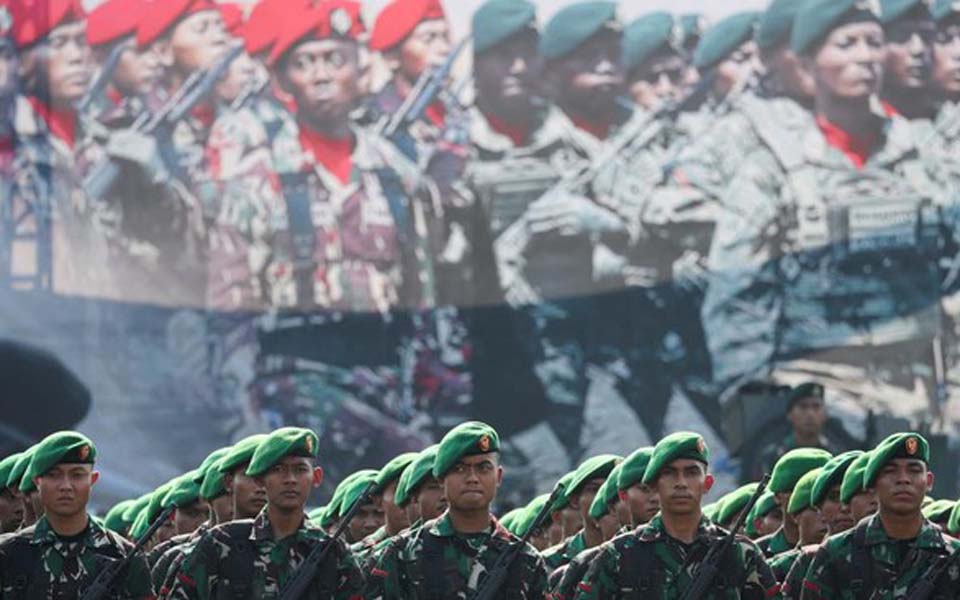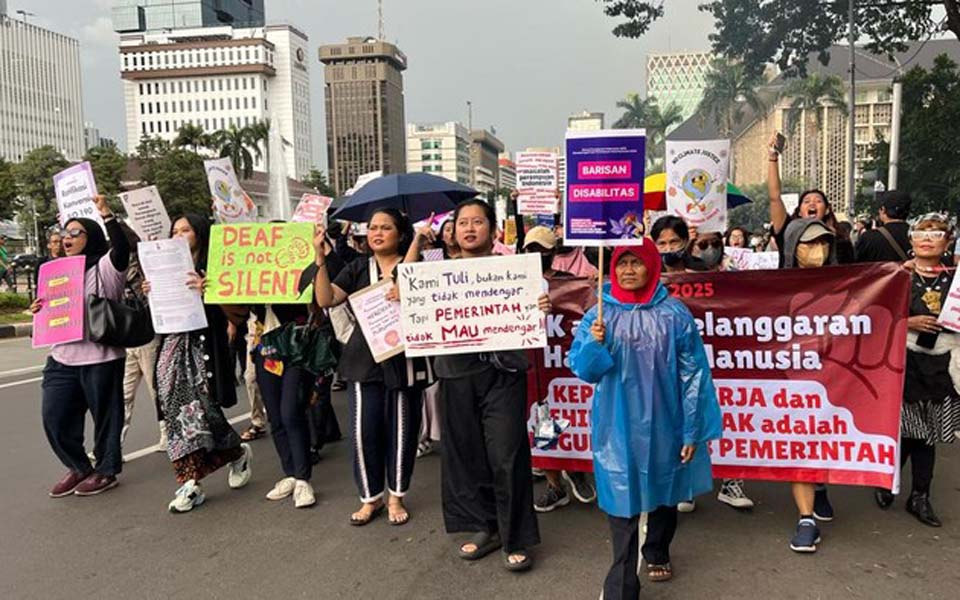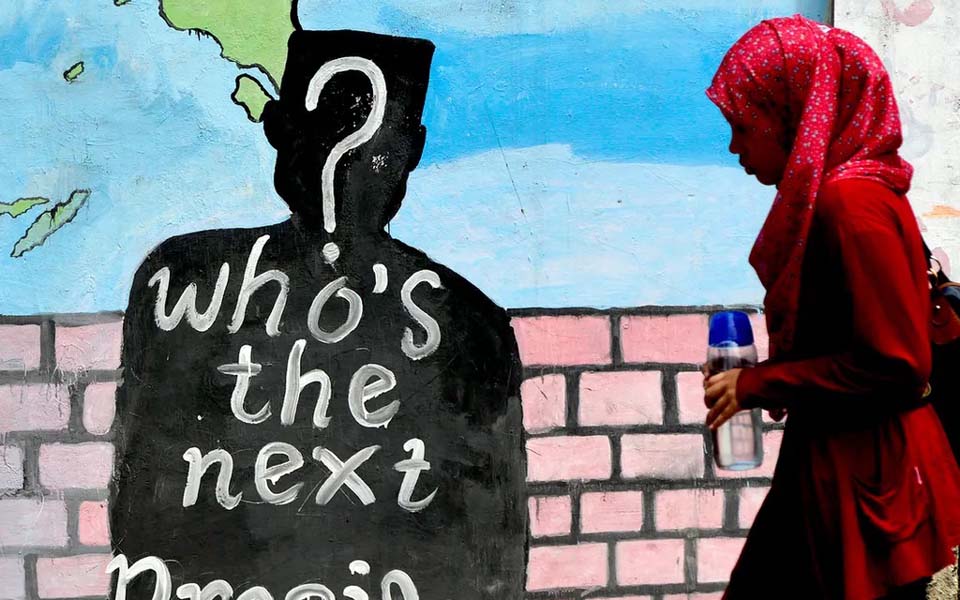Danu Damarjati, Jakarta – A survey has found that victims of sexual harassment range from women wearing revealing clothing to those that are modestly dressed, including 17 percent who were wearing the hijab (Islamic headscarf or veil).
Indonesia’s peak religious body the Indonesia Ulama Council (MUI) has emphased the importance of the role of men in being concerned about the issue.
“We value this as a survey which provides a neutral picture. It appears that perpetrator don’t care about what clothing a victim is wearing”, MUI Information and Communication Division Chairperson Masduki Baidlowi told journalists on Tuesday July 23.
The national survey on sexual harassment in public spaces was conducted by the Safe Public Space Coalition (KRPA). The survey included a component on the clothing women were wearing when they suffered sexual harassment.
Of the respondents who suffered sexual harassment, 17.47 percent were wearing long skirts or long trousers, 15.82 percent wore long-sleeved shirts, 14.23 percent wore school uniforms and 19 percent wore other types of clothing.
13.20 percent were wearing short or long hijab, 3.68 percent wore long hijab and 0.17 percent wore a hijab and a cadar (a full body veil). In total, around 17 percent were wearing a hijab.
“The perpetrator factor was very dominant. The public must not be permissive and respond lightly to this”, said Baidlowi.
All parties in the public domain are responsible for creating a situation which is free from sexual harassment.
According to the survey, women tend to have a greater potential of being harassed in a public place. Three out of five women have experienced harassment while one in five men have experienced it. So the MUI is demanding that men do more to safeguard the situation.
“Everyone must be on guard and be concerned. Particularly men, because most of the perpetrators are men”, said Baidlowi.
Baidlowi gave the example of a crowed train cartridge where there is a mix of men and women passengers. Everyone must be concerned if there indications which show that sexual harassment could take place.
On the issue of wearing a hijab or clothing which conforms with syariat Islam (Islamic law), Baidlowi explained that this is a religious stipulation. A person who is religiously devout must also avoid the potential of sexual harassment taking place.
“[As to] people wearing clothing which cover their aurat [parts of woman’s body should not be seen in public] or not, there is no relationship with them wanting to be harassed or not wanting to be harassed. If they’re wearing clothing that conforms with syariat [Islam], it doesn’t automatically they’ll avoid sexual harassment, because according to this survey perpetrators do not discriminate”, said Baidlowi. (dnu/zak)
The full results of the survey can be read here: https://news.detik.com/berita/4635791/hasil-lengkap-survei-krpa-soal-relasi-pelecehan-seksual-dengan-pakaian
[Translated by James Balowski. The original title of the article was “Pakaian Perempuan Tak Picu Pelecehan, MUI: Laki-laki Harus Peduli”.]















